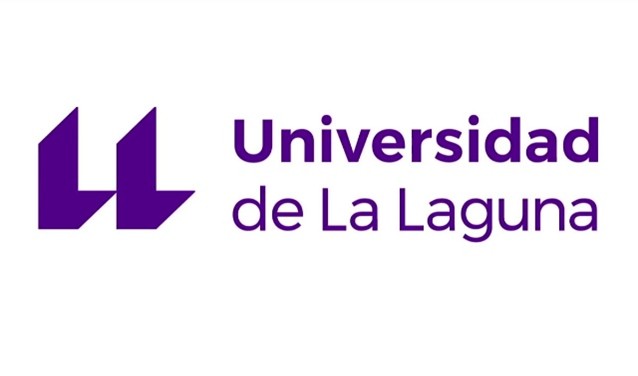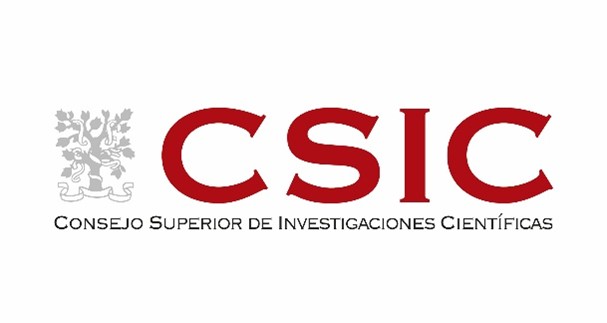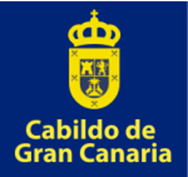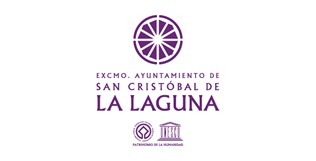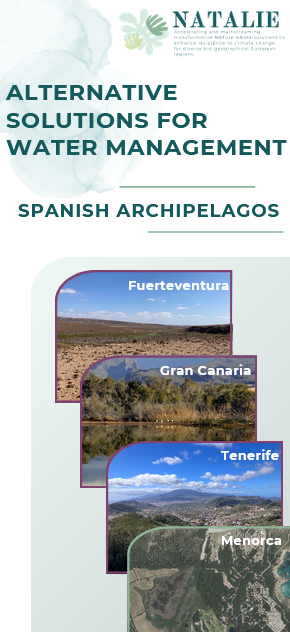CS#4 - Alternative water management solutions in Spanish Archipelagos
This case study consists of a Demonstrator Site and a Follower Site.
DS#4 - Gran Canaria (Spain)

The case study in 5 minutes

Quote


Location
The demonstration site in the Canary Islands: Tenerife, Gran Canaria, Fuerteventura. The island is in the biogeographical region Macaronesia. The activities are located in three separate sites and at each site different NBS will be implemented. The sites have the following characteristics:
• Gran Canaria (DS#4GC): urban and natural reserve
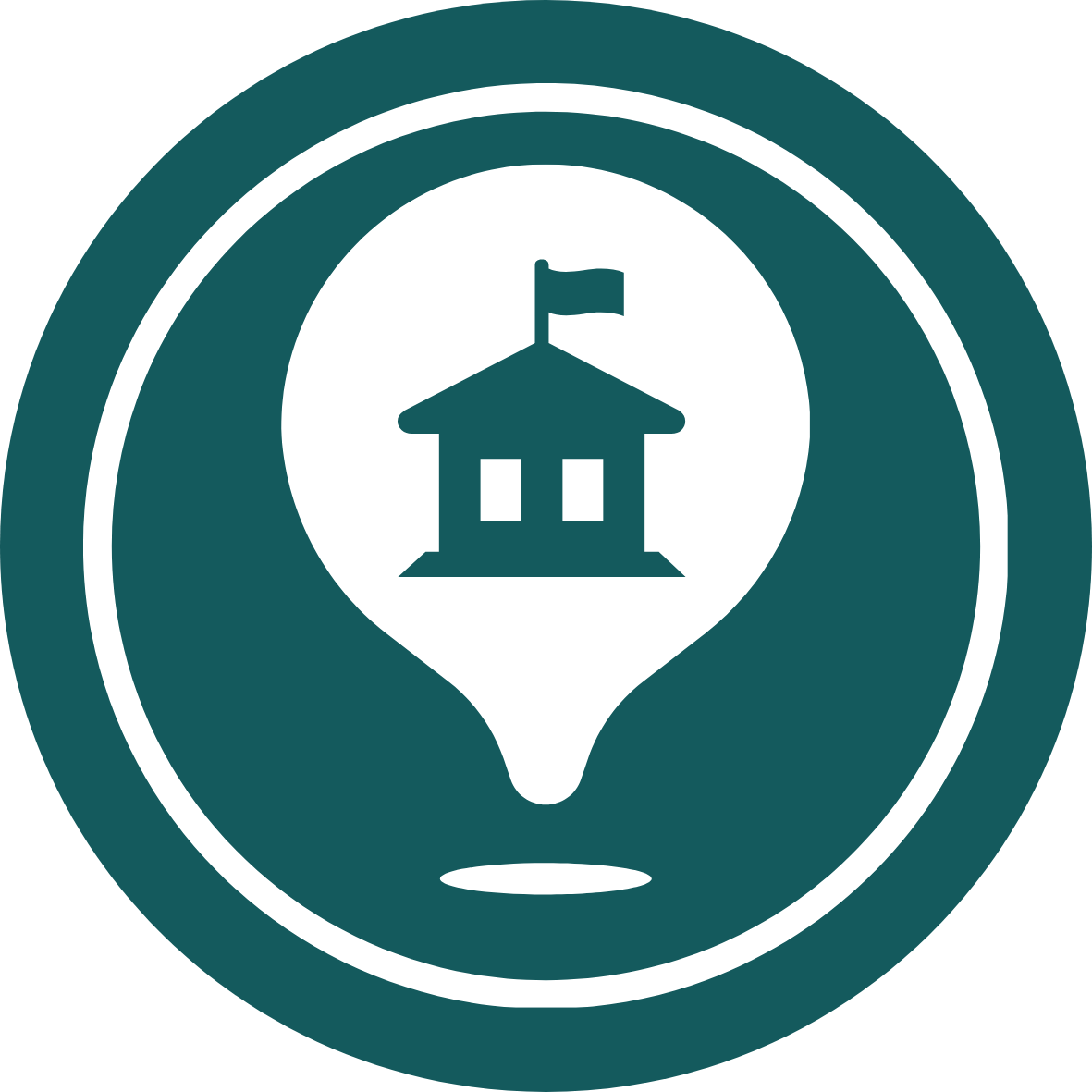
Description of the area : Canary islands
The Canary Islands are an outermost European region located in the Atlantic Ocean, 1400 km from the European mainland, with a Subtropical climate.
The Canary Islands, a highly touristic territory with a population of 2 million people spread across its 8 islands, face unique challenges when it comes to resources management. These volcanic islands heavily rely on their aquifers and desalination of seawater to meet their freshwater needs due to their limited natural water sources. With such high demand, the availability of land for infrastructure development is a constant challenge. As a result, the growing necessity for green infrastructure and sustainable urban planning is becoming increasingly evident in this region.
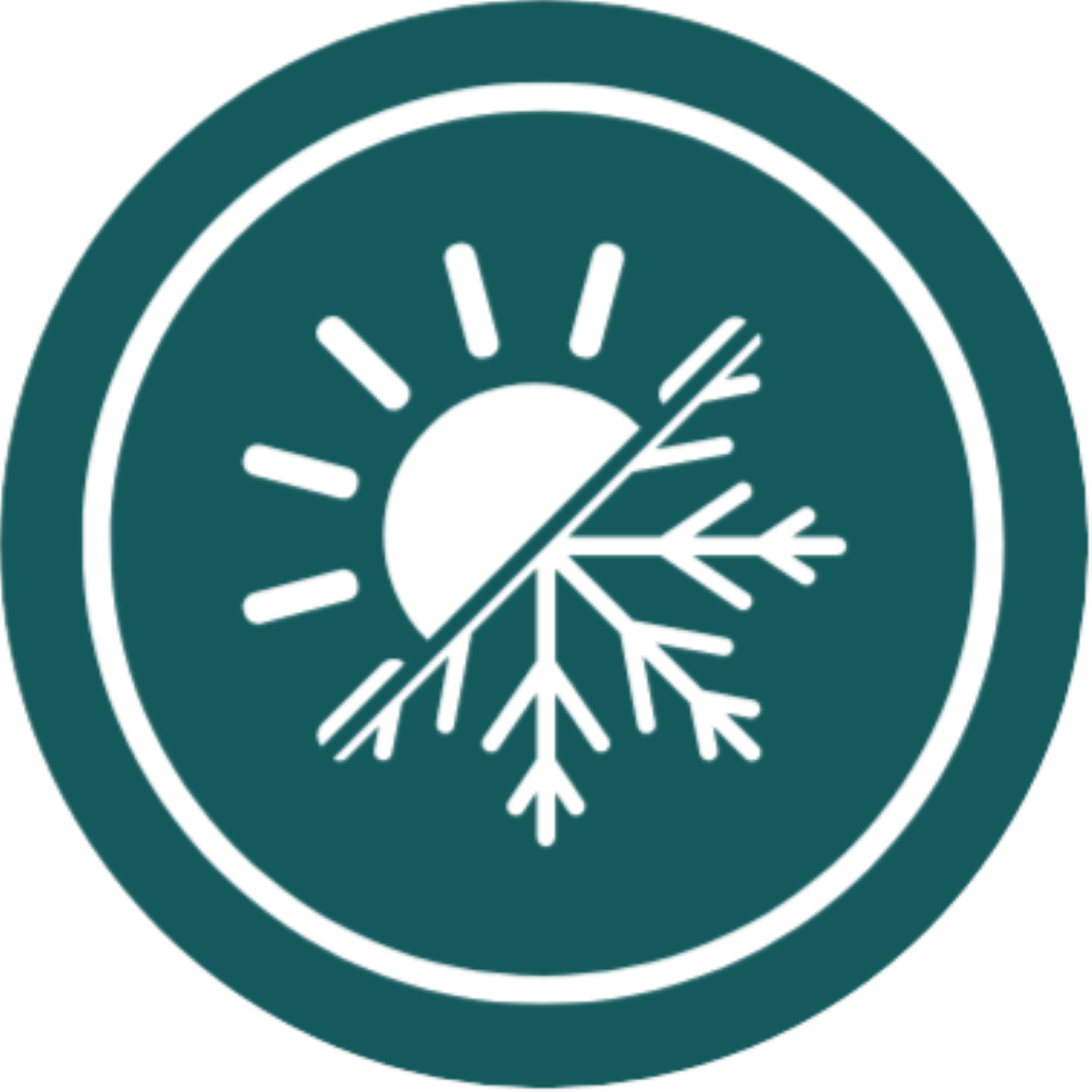
Climatic Challenges


Planned activities
Implementing NBS successfully to achieve the following improvements on each island:
In Gran Canaria (DS#4GC): Improve the water quality of surface runoff and potential Combined Sewer Overflows (CSO) from sewer network reaching the Maspalomas Pond through SUDS implementation.

Progress
In the Canary Islands, nature-based solutions (NBS) are being used to address the risks and challenges of each study area, as they are territories with different climatic, topographical and socio-economic characteristics. One of the first steps of the project has focused on the progressive updating of a Data Inventory, collecting historical data for all the case studies.
Progress is also being made on hydrological and hydrodynamic models in Gran Canaria. Actions on this island are focused on the southern area, specifically in the Maspalomas Pond, a coastal wetland located in the municipality of San Bartolomé de Tirajana. This pond has water quality problems, due to, among many factors, polluting discharges. Currently, sensors have now been installed to help calibrate models and monitor the Sustainable Urban Drainage Systems (SUDS) to be implemented. Additionally, two Transformation Labs have been set up in the Maspalomas area, involving a wide range of stakeholdes. The objective of these spaces is to co-create concrete actions to protect the pond and to spread the word about NBS in the area.
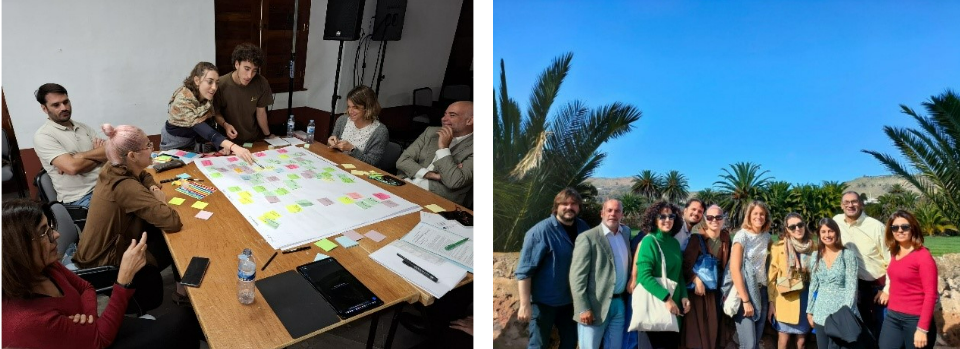

Ambition
Ambition during the project
Improve the quality of Maspalomas pond, increase the permeability and the biodiversity of Maspalomas basin through Sustainable Urban Drainage Systems (SUDS).
Fuerteventura
Ambition after the project
(DS#4GC): The SUDS implemented will remain operational, and more SUDS proposals defined within the project could be implemented by the municipality. Establish a long term NBS strategy approach with the local communities. Elaboration of Best Practices guidelines and organisation of a wide dissemination to achieve replicability within the island.
Fuerteventura

Questions
Ever wondered how nature can help us tackle climate change? NBS are “Solutions inspired and supported by nature, which are cost-effective, simultaneously provide environmental, social and economic benefits and help build resilience.” European Commission, 2015.
Regarding biodiversity, few ponds (dams) are shallow and allowing vegetation to develop, but most of them are too deep to welcome a rich biodiversity, making them less interesting than very small ponds disconnected from watercourses.
Constructed wetlands treat wastewater using natural processes, offering both treatment efficiency and resilience to hydrological hazard.
They involve complex interaction between water, soil, plants, micro-organisms and the atmosphere. With proper design and management, they offer simple operation tasks, making them cost-effective for small municipalities.

Gallery





Involved partners

